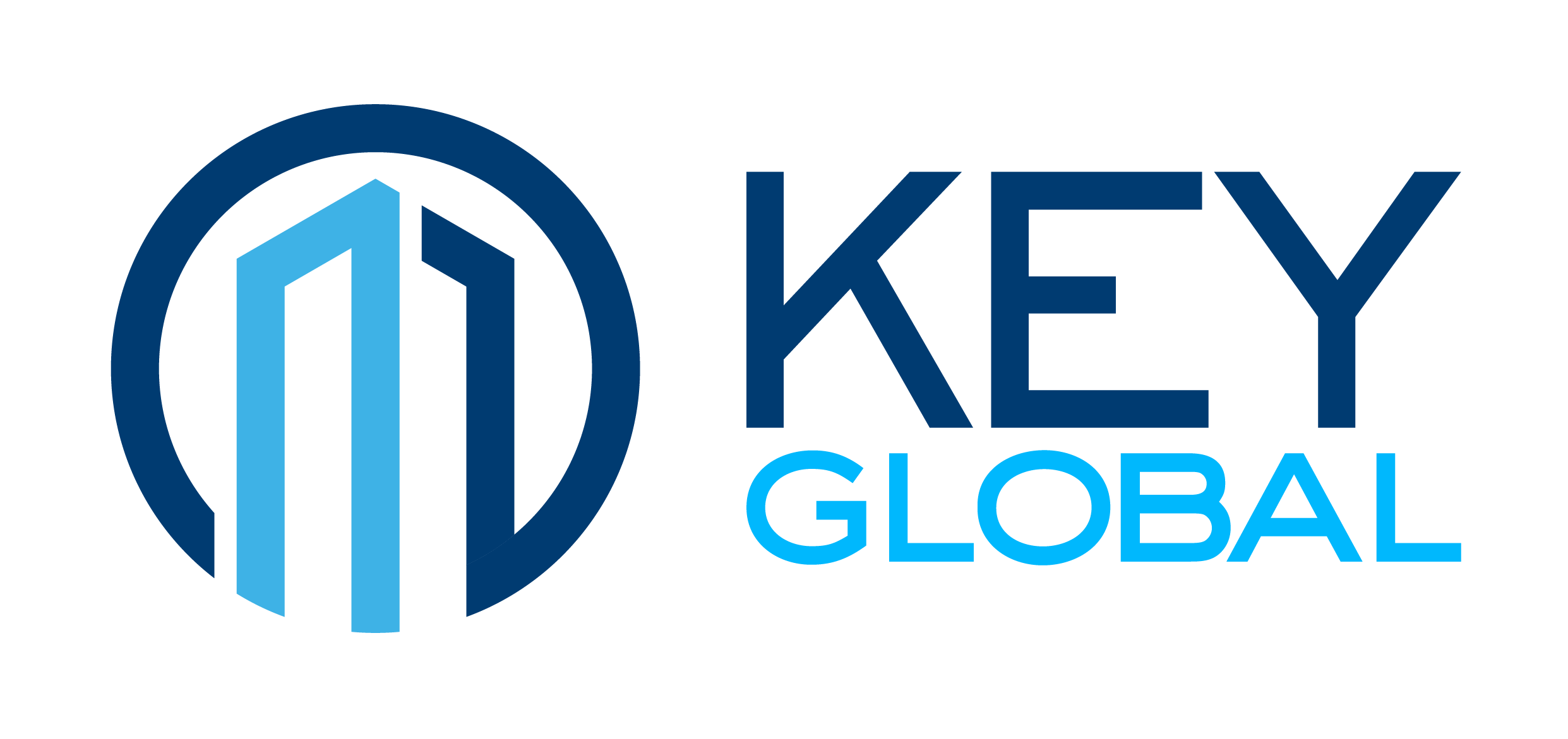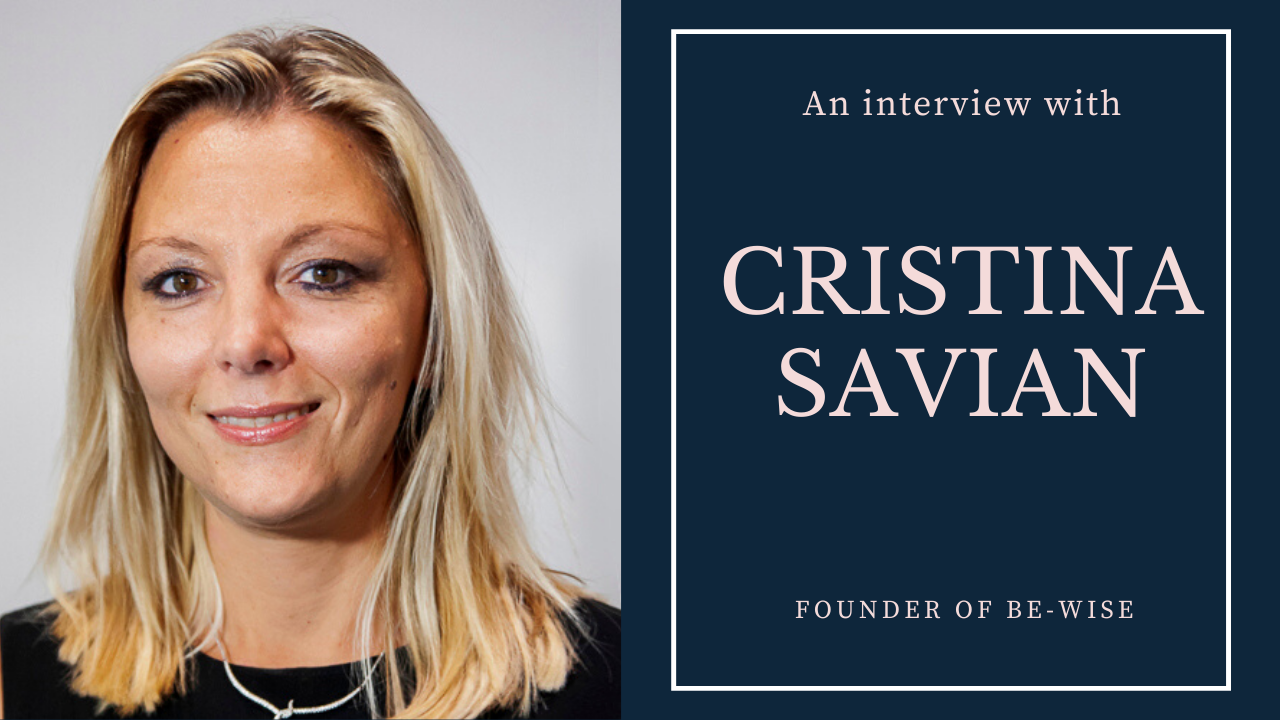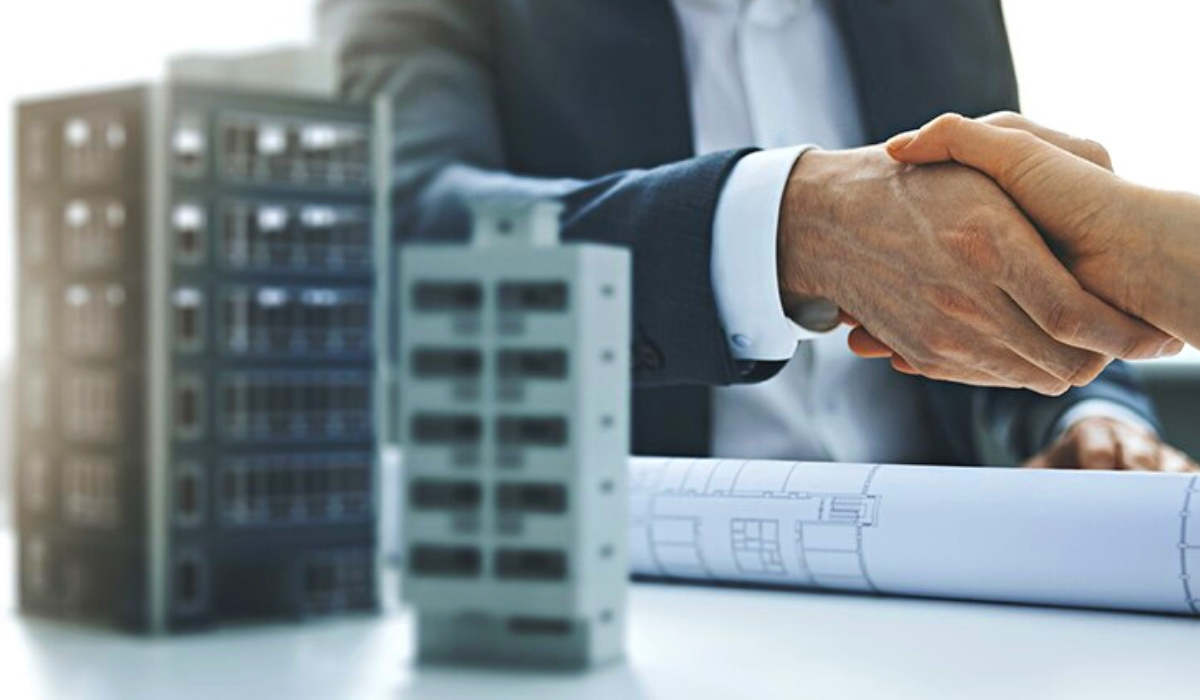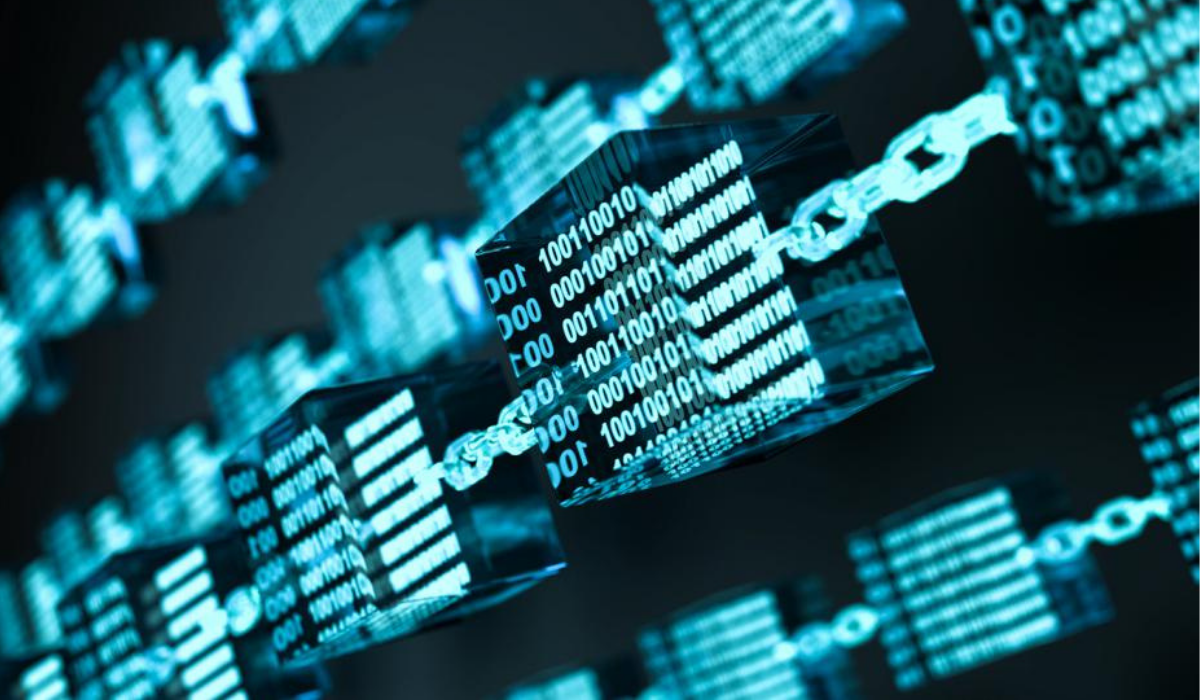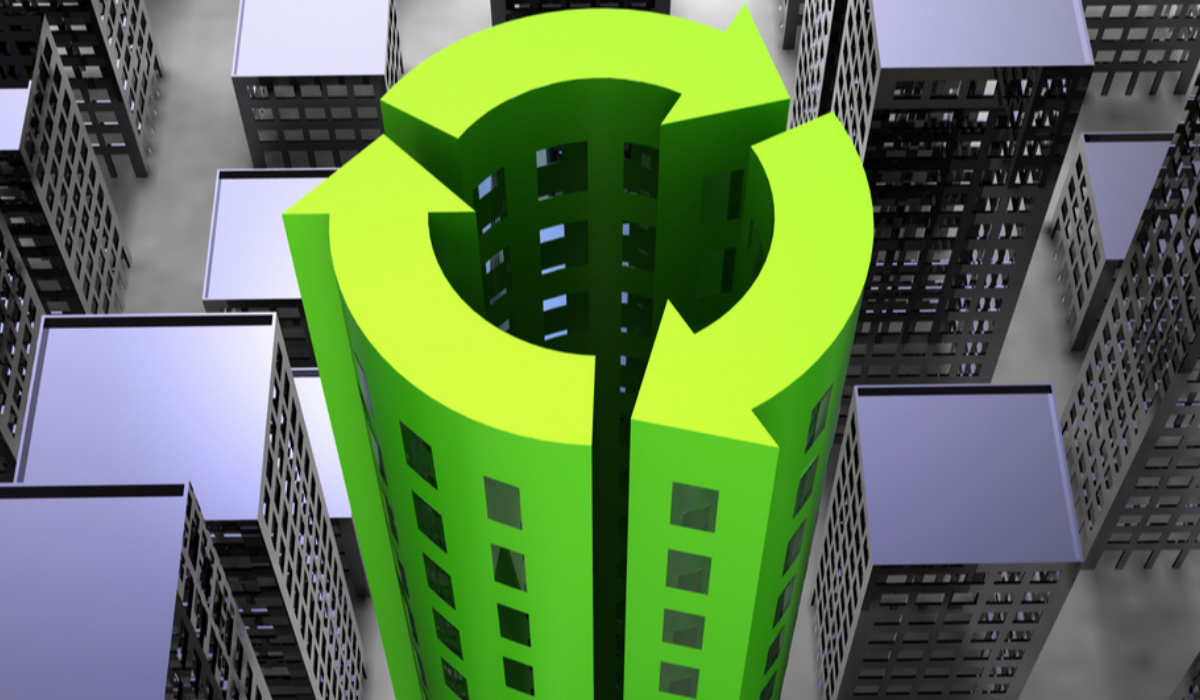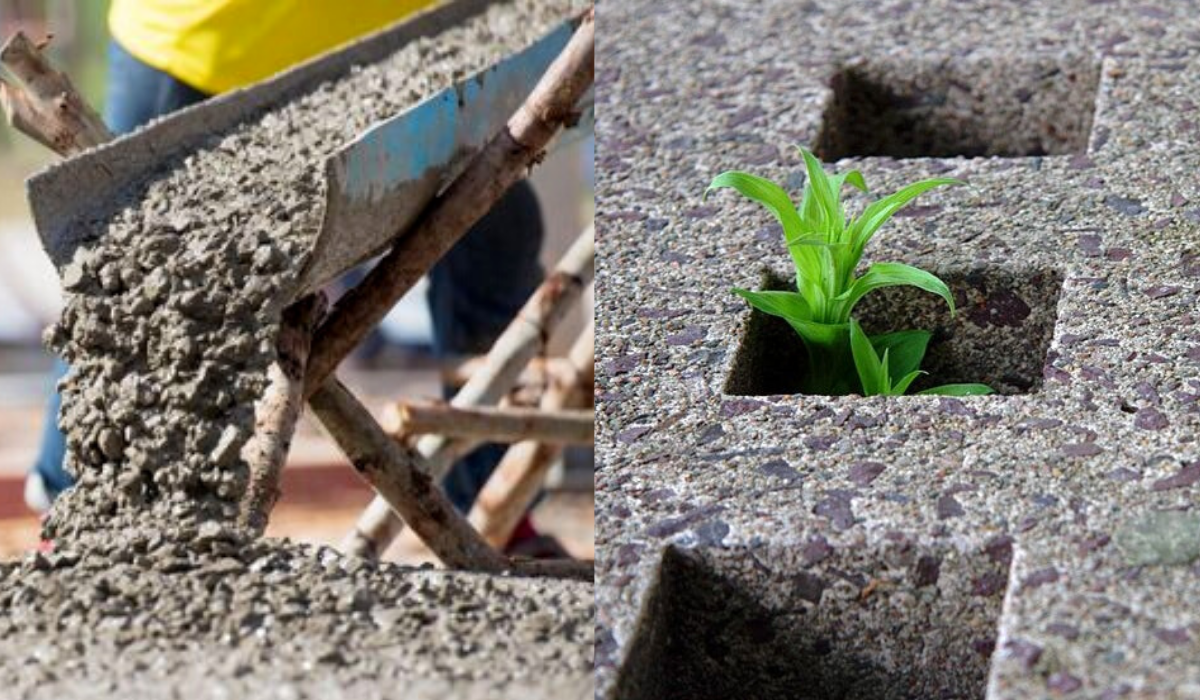The digitalization is accelerating and even if construction industry players are still confused and hesitant about the change and new technologies, the time has come for them to develop a real digital strategy. “Digitalization has become a necessity in the construction industry” says founder of BE-WISE Cristina Savian.
Firstly, can you introduce yourself a little bit? How did you decide to establish BE-WISE, what does it?
I am Cristina Savian, founder of BE-WISE, an international consultancy focused on driving the adoption of technology bringing to market the most promising innovation in the construction and property industries across Europe, the US, Australia and the Middle East.
After twenty years of experience in the civil engineering and technology industries in Italy and the UK, I decided to found BE-WISE with the aim to support construction companies as well as public sector organisations in their innovation journey. If we are going to fulfil the global demand for housing and infrastructure in times of high demand and low-profit margins, we need to innovate. The current pandemic has put further pressure on an industry that has been struggling with productivity flattening, poor quality and uncontrollable budget and time overruns for years. Now, more than ever, we need to re-think the way we design, build, and operate our built assets.
BE-WISE was founded to help companies in the built environment sector to innovate, transform, and ultimately strengthen and improve their processes with technology and a digital-first approach.
You cannot build in 2021 and beyond without an IoT strategy
I would like to continue with technology. How technology is transforming the construction industry, and how do construction companies use technology? However, could you give us information about IoT technology?
Construction is the least digitised industry in our society; digitisation and technology of the industry can help us bring much need innovation to allow us to improve current low-profit margins. Our population is growing, existing housing stock in many countries need to be refurbished, and as we hear from many news around the world, our infrastructure is failing and in much need of major intervention. İnnovation is a must; it is time to turn one of the most important industries at the base our society into the most productive industry because that is what it should be.
The Internet of things (IoT) can be described as the network of physical objects—a.k.a. “things”—that are embedded with sensors, software, and other technologies for the purpose of connecting and exchanging data with other devices and systems over the Internet. Nowadays, this means we can connect our built assets to the Internet too, for example, for the purpose of creating Digital Twins.
I strongly believe that you cannot build in 2021 and beyond without an IoT strategy, and this applies to our built environment. IoT sensor data cannot only help us to bring to life our Digital Twins, but they can also bring a wealth of prospects, providing the ability to share information across platforms through a unified framework, to facilitate real-time communications between various connected and disconnected environments. IoT technology is now playing a part in enforcing social-distancing measures and enable remote access to industrial equipment, helping industrial companies keep workers safe. Whereas scientific studies on IoT in the construction industry are relatively new, collecting the sensor data is an analytics challenge, but it comes with the unique opportunity to access information in new innovative ways, derive faster and more informed decision making. The knowledge can be used to improve planning, create more accurate budget estimates and ensure a better understanding of timelines and costs.
Digital twins can serve as a live digital representation of a physical entity…
What are digital twins, and how can they help us?
In a nutshell, digital twins are physical asset linked to a virtual representation using a “connection” such as IoT sensors. Digital twins can serve as a live digital representation of a physical entity and can function as vital problem-solvers needed to enhance asset performance, influence future building design, and ultimately reduce risk. The term was coined in the manufacturing arena back in 2003, but the concept goes back to the 1960s and 70s when Nasa used”mirroring systems” to predict faults in astronauts’ equipment. The moment we link the virtual replica with sensors, we can know how the building or our infrastructure is performing in real-time, enabling facilities management to tweak performance to optimise efficiency. The data can also be used by architects, engineers and consultants to improve the design of future built assets.
If we connect different buildings and infrastructure, we have the means to create smart cities where designers and masterplanners simulate different scenarios such as the impact of a new building on traffic flows or water and power supply. Digital twins can also have the potential to prevent severe accidents by monitoring assets to predict potential failures.
What About House of Digital Twins?
The “House of Digital Twins” is a club on the newest social media platform,ClubHouse. The Club runs weekly rooms in English, German and Italian, with more languages coming soon. The Club’s goal is to share knowledge and experience around the implementation of digital twins for the built environments. Digital Twins are the next level of the evolutionary stage for our built assets, bringing an extensive list of opportunities and challenges to our industry.
It is essential to share our experience to overcome these challenges; now more than ever, it is crucial to bring our collective knowledge together with the aim to fast-forward “collectively” innovation in the industry. You can tune in every week on ClubHouse, room schedule and blog posts summaries can be found on www.houseofdigitaltwins.club
Smart contracts and Ricardian contracts can help us to establish transparency on the execution of our built projects
What do you think about blockchain technology in construction? Do we need blockchain?
Blockchain is claimed to have the potential to disrupt many aspects of how companies do business. And like other emerging technologies, I have been exploring its uses, benefits and assessing its potential opportunities in the construction industry. Blockchain is a nascent technology that can simplify and secure transactions among parties with great potentials of or simplifying the intermediary in the construction lifecycle, thus simplifying the landscape as well as reducing costs, increase efficiency and reducing time to value. Smart contracts and Ricardian contracts can help us to establish transparency on the execution of our built projects. The use of blockchains can also be used for tracking raw materials through the lifecycle to support supply chain operations, tracing materials and equipment, enabling more efficient operations and bringing sustainability;despite the current uses are very limited and isolated cases; I strongly believe the potentials are huge.
The key is to find the right suitable trade-off
The Covid-19 epidemic brought digital transformation with it. What should construction companies pay attention to in this process?
For us construction professionals, this pandemic has put our industry further under pressure; however, it has also taught us something fundamental; how vital the construction industry is. The world cannot function without it. Now more than ever, it has allowed us to finally get out the dead horse and re-think the way we design, build and operate our built assets.
Bringing innovation in the industry is a difficult task thatrequiresa bespoke approach, a deep analysis of the current situation and a deep well developed strategic plan to what outcomes want to be achieved. What I believe is important for all companies to consider is that innovation per se needs to be assessed,analysed and seen as an interdisciplinary approach that includes a multitude of actions and needs to be seen as an integrated ecosystem of solutions to be effective. Implementing only one innovative solution in isolation is not likely to bring that much-needed productivity, efficiency and quality improvements and long-term sustainability that our beloved industry is desperately seeking. Think holistically.
Implementing only one innovative solution in isolation is not likely to bring that much-needed productivity, efficiency and quality improvements and long-term sustainability we are all seeking. The key is to find the right suitable trade-off.
Writer: Sibel MAZREK
